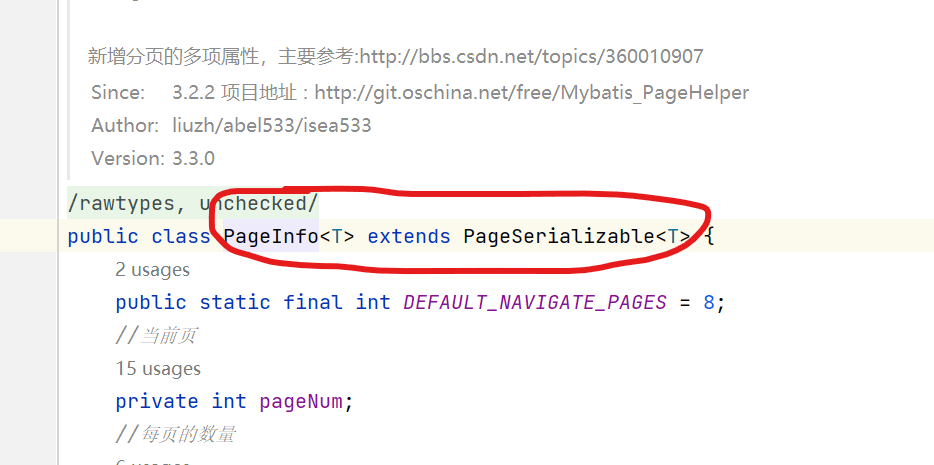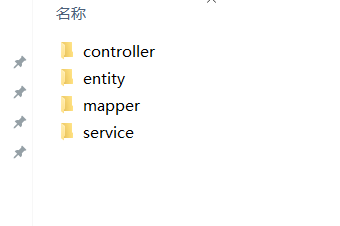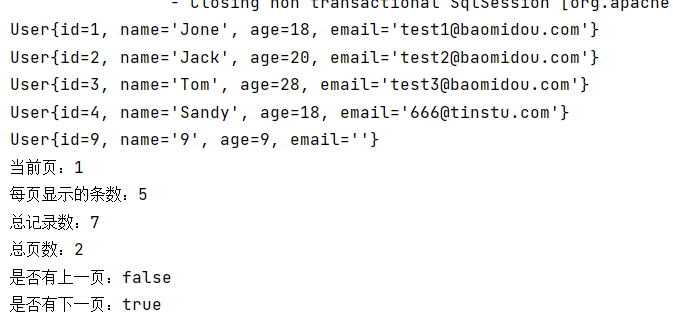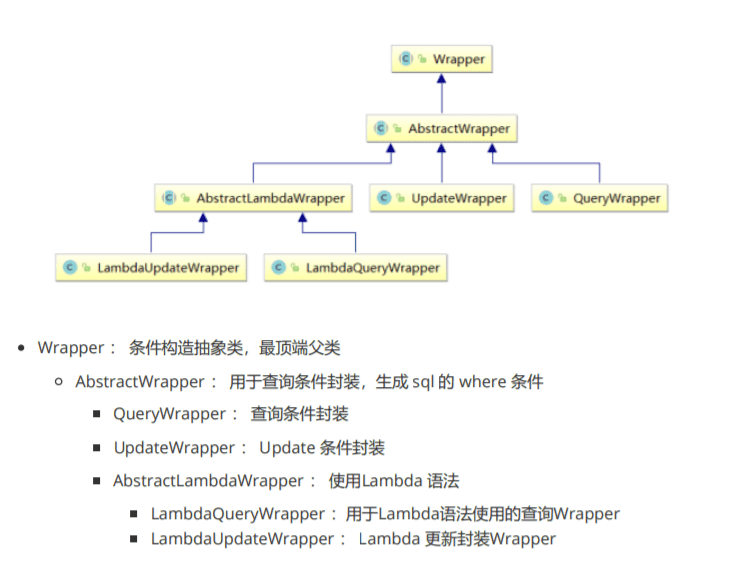MyBatis:一对多映射关系处理
public class Dept {
private Integer did;
private String deptName;
private List<Emp> emps;
//...构造器、get、set方法等
}1.通过collection解决一对多的映射关系
<resultMap id="DeptAndEmpResultMap" type="Dept">
<id property="did" column="did"></id>
<result property="deptName" column="dept_name"></result>
<collection property="emps" ofType="Emp">
<id property="eid" column="eid"></id>
<result property="empName" column="emp_name"></result>
<result property="age" column="age"></result>
<result property="sex" column="sex"></result>
<result property="email" column="email"></result>
</collection>
</resultMap>
<!--Dept getDeptAndEmp(@Param("did") Integer did);-->
<select id="getDeptAndEmp" resultMap="DeptAndEmpResultMap">
select * from t_dept left join t_emp on t_dept.did = t_emp.did where t_dept.did = #{did}
</select>2.分步查询
/**
* 通过分步查询,查询部门及对应的所有员工信息
* 分步查询第一步:查询部门信息
*/
Dept getDeptAndEmpByStepOne(@Param("did") Integer did);
<resultMap id="DeptAndEmpByStepOneResultMap" type="Dept">
<id property="did" column="did"></id>
<result property="deptName" column="dept_name"></result>
<collection property="emps"
select="com.atguigu.mybatis.mapper.EmpMapper.getDeptAndEmpByStepTwo"
column="did"></collection>
</resultMap>
<!--Dept getDeptAndEmpByStepOne(@Param("did") Integer did);-->
<select id="getDeptAndEmpByStepOne" resultMap="DeptAndEmpByStepOneResultMap">
select * from t_dept where did = #{did}
</select>
/**
* 通过分步查询,查询部门及对应的所有员工信息
* 分步查询第二步:根据部门id查询部门中的所有员工
*/
List<Emp> getDeptAndEmpByStepTwo(@Param("did") Integer did);
<!--List<Emp> getDeptAndEmpByStepTwo(@Param("did") Integer did);-->
<select id="getDeptAndEmpByStepTwo" resultType="Emp">
select * from t_emp where did = #{did}
</select>
阅读剩余
版权声明:
作者:Tin
链接:http://www.tinstu.com/1262.html
文章版权归作者所有,未经允许请勿转载。
THE END




